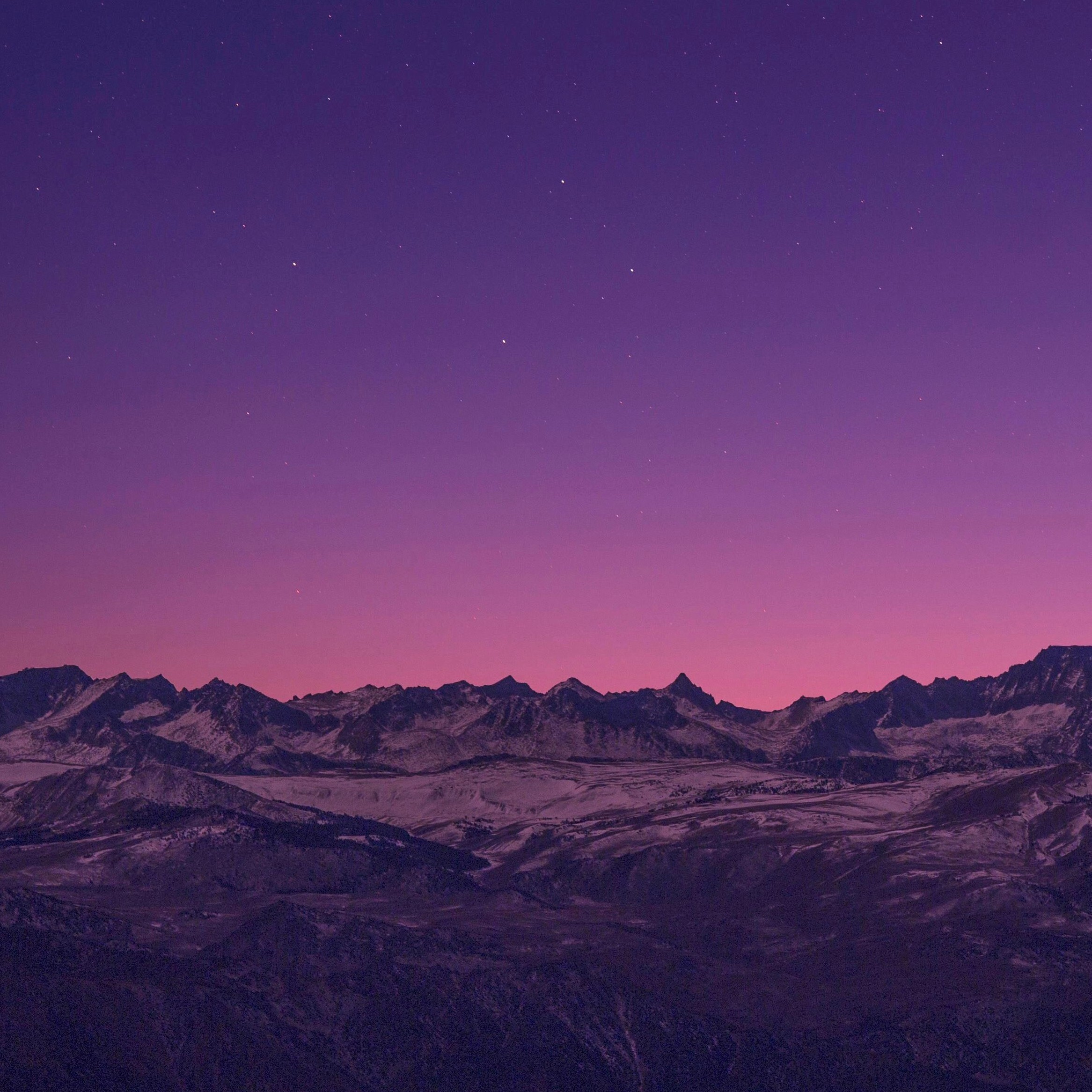Hi!
So I did the hardest parts (buying and assembling, and setting up unraid) and got to the “fun” part (actually putting things on unraid) and now I’m just frozen in indecision and well… not knowing where to start, really.
I have a NVME ssd for my flash and two 8 TB HD, one to hold info and the other for parity.
I want to create an area for NAS - Storage of photos; stuff I want to share between android phone, computers and IPAD
I want to set up (probably plex) and the *arr stuff for video and such
and I assume at least some of the above will be in docker containers? Or are they better not?
I was also thinking of a pi-hole and wasn’t sure if I could throw that in a docker instance?
I assume I should also… like… protect this with… sssstuff? But also since I’m mostly going to be using it LAN (though I could make it accessible openly?)
Honestly I am out of my depth.
It’s not that there’s no information, there’s just too much information and I don’t know how to sort through it and find answers that will be helpful to my situation so I was hoping some of you friendly people would make suggestions or help. (I’m headed to bed just about now but will be probably tooling around on my phone and will respond when I wake up too.)
Thanks!
In my opinion, you should be running everything as a docker container. I would first get Plex running to learn, and expand from there; Sonarr, Radarr, Prowlarr, Overseerr, torrent client, etc.
For resources and documentation, Spaceinvaderone on YouTube is great (older but still relevant), and I also enjoy IBRACORP’s videos. As for text based, TRaSH Guides are basically defacto.
Thank you.
Maybe check out spaceinvaderone’s videos on YouTube, they are the 101 Bible of getting started with Unraid.
One of the first things you’ll want to do is get the community apps plugin installed.
Just be aware that SI1’s setup isn’t great and it’s better to use Trash’s guide. The main idea being that downloads and media should be on the same share.
Got a link to what video you’re referring to? Mostly just curious, I’ve been using unraid for 2 years and only heard of SpaceInvaderOne
https://youtu.be/j6lT7zDkT4M?si=H0z9VljetXBb4bpr
The thing he does wrong is set up separate shares for downloads and media. These should instead be directories in a share called data (or whatever you choose to call it). That way when NZBGet moves the file from downloads to media, it just updates the file system to change the directory. The files stay on the same physical sectors of the drive. If they are in different shares, NZBGet needs to copy the file which can take extra time, wear and tear on the drives, and energy. It’s an unnecessary and expensive step due to a misconfiguration.
Best practice is to pass through the data directory to all your containers (and remove the movies and tv shows directories in the container since they’re included in data) and pass everything through there. It’ll work 1000x better.
But don’t take my word for it. Use trash’s guide for this.
Thank you
PiHole is great but as it’s a DNS server, if your unraid machine is turned off then you have no dns and cannot reasonably use the internet. Luckily you can run two instances - one in a container and another on a raspberry pi (or any other machine) so if one of them goes down then you still have DNS. Then you can point your router at both - you always have two options for DNS, the second being a backup, or used for load balancing. Even Google and Cloudflare provide two DNS servers.
You need to maintain both simultaneously so they have the same blacklists and general settings. There is another service called GravitySync that handles that for you but I’ve never been able to get that to work.
For manual pi sync, You can go settings teleport, back up your container the plop into your pi and do a teleport import.
TIL!
Thank you!



